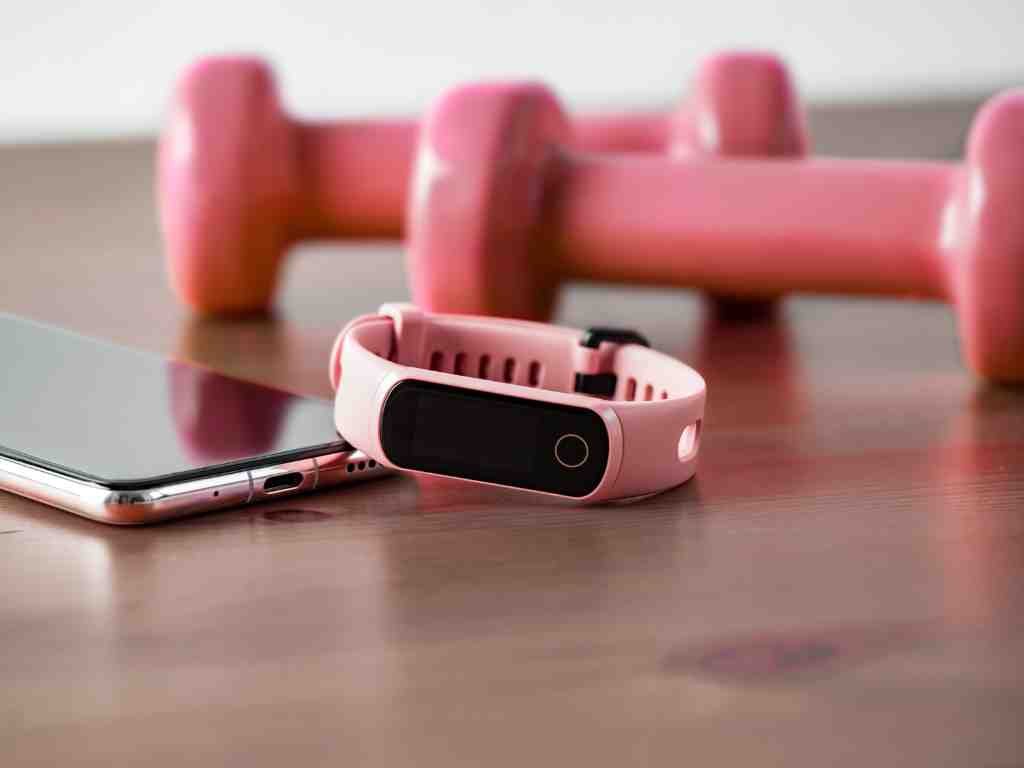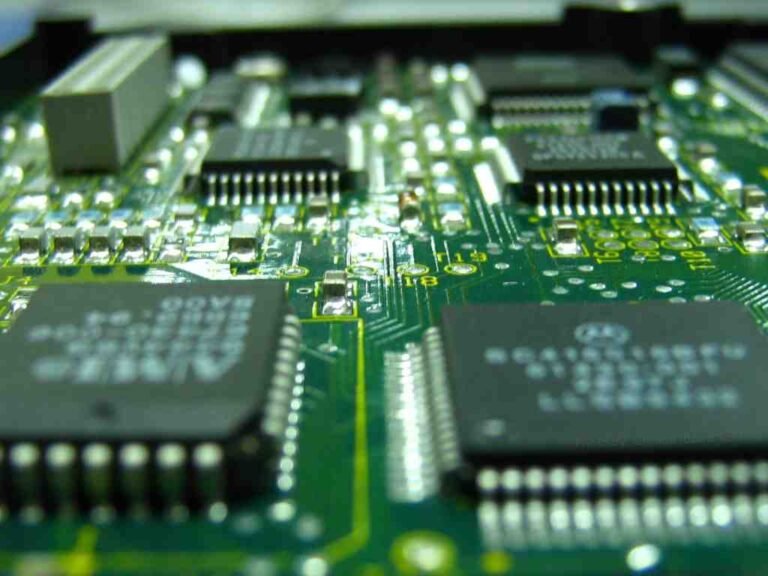
Introduction to AI Wearables
AI wearables represent a significant leap in the intersection of technology and personal health. These devices, equipped with advanced sensors and artificial intelligence algorithms, facilitate continuous health monitoring through real-time data collection and analysis. Initially, wearable technology began with simple fitness trackers that monitored steps and heart rates. However, with technological advancements, particularly in AI, wearables now offer comprehensive health insights, making them indispensable tools for health management.
The incorporation of AI into wearables has revolutionized health diagnostics. These devices can collect a range of biometric data, such as heart rate variability, blood oxygen levels, and sleep patterns, and then analyze this information to provide actionable feedback. For instance, AI-powered wearables can detect irregular heartbeats or sleep disturbances, alerting users to potential health issues before they escalate. This proactive approach to health monitoring not only improves individual well-being but also serves as a preventive measure against serious health complications.
As society increasingly emphasizes the importance of health monitoring, the evolution of AI wearables continues to generate interest and demand among consumers. These devices not only promote a more informed approach to health but also foster a deeper understanding of the relationship between various health indicators and overall well-being. With their impressive capabilities, AI wearables are poised to change the landscape of health monitoring fundamentally.
Key Features of AI Wearables for Health Monitoring
AI wearables have revolutionized the way individuals approach health monitoring by integrating advanced technology into everyday life. These devices offer a plethora of features designed to provide comprehensive health insights that contribute to both physical and mental well-being. One of the most prominent features is heart rate tracking, which enables users to monitor their cardiovascular health in real time. By utilizing optical sensors and advanced algorithms, these wearables can detect variations in heart rate, alerting users to potential health issues or abnormal patterns that may require further investigation.
Additionally, sleep analysis is a critical component of AI wearables. By tracking sleep patterns, duration, and quality, these devices help users understand the importance of restorative rest. Improved sleep insights can lead to better lifestyle choices, ultimately enhancing mental health. Users can set personalized sleep goals based on data-driven recommendations, which may significantly improve overall well-being.
Another notable feature is stress level detection. Many AI wearables utilize physiological markers such as heart rate variability and galvanic skin response to assess stress. By recognizing high stress periods, these devices can prompt users to engage in relaxation techniques or mindfulness exercises, thereby promoting emotional balance. The integration of machine learning algorithms allows these wearables to adapt their recommendations based on user behavior, offering a customized experience that enhances the effectiveness of health tracking.
In summary, the key features of AI wearables—notably heart rate tracking, sleep analysis, and stress level detection—combine to create an effective health monitoring solution. By harnessing artificial intelligence, these devices provide actionable insights that empower users to take charge of their health journey, fostering not just physical fitness but also promoting mental well-being, thereby encouraging a healthier lifestyle overall.
Top AI Wearable Devices on the Market
In recent years, the proliferation of AI wearables has significantly transformed health monitoring and wellness tracking. The following is a curated selection of the top AI wearable devices currently available, each offering unique features that cater to diverse user needs.
One of the leading devices is the Apple Watch Series 10, which integrates advanced health tracking capabilities including ECG, blood oxygen monitoring, and cycle tracking. User experiences highlight its user-friendly interface and the seamless integration with the iPhone, making it an ideal choice for those in the Apple ecosystem.
- WHY APPLE WATCH SERIES 10 — Bigger display with up to 30 percent more screen area.* A thinner, lighter, and more comfortable design.* Advanced health and fitness features provide invaluable insights.*…
- ADVANCED HEALTH INSIGHTS — Take an ECG anytime.* Get notifications if you have high or low heart rate or an irregular heart rhythm.* Understand your menstrual cycle and get retrospective ovulation est…
- A POWERFUL FITNESS PARTNER — Measure all the ways you move with Activity Rings, which are customizable to match your lifestyle. Get advanced metrics for a range of workouts with the Workout app. Track…
Another notable option is the Oura Ring. This sleek and discreet device focuses on sleep quality and recovery metrics, providing insights into sleep patterns and overall readiness. Users appreciate its lightweight design and the detailed analytics offered through its accompanying app, making it a favorite for individuals prioritizing comprehensive wellness tracking.
- SIZE BEFORE YOU BUY – Oura Ring 4 sizes are different from standard ring sizes. Size yourself with the Oura Ring 4 Sizin…
- OURA MEMBERSHIP – First month of membership is included with purchase, for new members only. Subscription is 5.99/mo aft…
- ACCURACY – SMART SENSING – Oura tracks over 30 biometrics, including sleep, activity, stress, heart health, and women’s …
The Fitbit Charge 6 stands out for its fitness-focused features, including built-in GPS and a daily readiness score. Its capability to offer stress management tools and guided breathing exercises resonates well with users seeking to improve both physical and mental health. Feedback indicates that the Fitbit community is supportive, further enhancing user engagement.
- Turn little habits into healthier routines with Fitbit Charge 6 and Google Pixel Buds Pro 2; get advanced health and fitness insights from Fitbit and power through your workouts with the most comforta…
- Pixel Buds Pro 2 and Fitbit Charge 6 cannot be connected to each other, but both are compatible with iOS and Android devices
- Pixel Buds Pro 2 are small, light, and made to stay put; use the twist-to-adjust stabilizer to lock your earbuds in during workouts, or adjust the other way for all-day comfort
For those interested in a more specialized approach, the Garmin Forerunner 265 provides exceptional features for runners and athletes, with performance metrics such as training load and recovery time suggestions. Testimonials commend its accuracy and Battery life, making it conducive for extended training sessions.
- Brilliant AMOLED touchscreen display with traditional button controls; lightweight design in 46 mm size
- Up to 13 days of battery life in smartwatch mode and up to 20 hours in GPS mode
- As soon as you wake up, get your morning report with an overview of your sleep, recovery and training outlook alongside HRV status, training readiness and weather (data presented is intended to be a c…
Lastly, the Whoop Strap 4.0 offers a subscription-based model that emphasizes performance optimization through heart rate variability tracking and recovery scores. This device appeals to fitness enthusiasts dedicated to understanding their physical limits and improving their training regimens based on data-driven insights.
- EVERYTHING YOU NEED IS INCLUDED: Purchase includes an initial 12-month WHOOP membership, 4.0 hardware, Onyx SuperKnit band, and wearable, water-resistant* battery pack. THIS IS FOR FIRST TIME WHOOP ME…
- CONTINUOUS MONITORING: WHOOP is a unique wearable fitness device that offers continuous monitoring of physiological data, including heart rate, respiratory rate, resting heart rate, heart rate variabi…
- PERSONALIZED FOR YOUR GOALS: WHOOP is insight-driven, providing users with clear next steps and a science-backed approach so they can understand and improve their overall health and optimize performan…
When evaluating these options, it is important to consider personal health monitoring needs, fitness goals, and preferred ecosystems to determine the best fit. Each of these AI wearables exemplifies innovation in health monitoring, offering distinct advantages tailored to various lifestyles.
The Future of AI Wearables in Health Monitoring
The landscape of health monitoring is undergoing a significant transformation, largely driven by advancements in AI wearables. As technology evolves, we can expect to see improved sensor capabilities that enhance the accuracy of data collected. Future wearables are likely to integrate advanced sensors that can measure a wider array of health metrics, such as blood glucose levels, hydration status, and even emotional responses. This will allow for a more holistic approach to health management, enabling users to monitor not just physical health but also mental well-being.
Furthermore, the sophistication of AI algorithms is on the rise, paving the way for more insightful data analysis. Enhanced AI capabilities will facilitate predictive analytics, helping individuals anticipate potential health issues before they arise. For instance, wearables may leverage machine learning techniques to identify patterns in users’ data and provide personalized recommendations to optimize health interventions. This level of proactive health management could revolutionize how individuals interact with their well-being, moving beyond traditional reactive approaches.
As AI wearables become increasingly integrated with healthcare systems, we can expect a synergistic relationship between technology and medical professionals. For instance, real-time health data can be transmitted to physicians, allowing for timely interventions and tailored treatment plans. However, this integration raises ethical concerns, particularly regarding data privacy. The handling of sensitive health information necessitates stringent security measures to protect user data and maintain trust in these technologies.
Moreover, as societal reliance on wearables grows, the implications of such dependence must be carefully considered. Over-reliance may lead to a diminished capacity for self-monitoring and an increased expectation that devices will manage health autonomously. As we move towards a future where AI wearables are commonplace, it is critical to balance technological advancements with responsible usage and ethical considerations.

![Apple Watch Series 10 [GPS 42mm case] Smartwatch with Rose Gold Aluminium Case with Light Blush Sport Band - S/M. Fitness Tracker, ECG App, Always-On Retina Display, Water Resistant](https://m.media-amazon.com/images/I/310g2mQn9FL.jpg)






